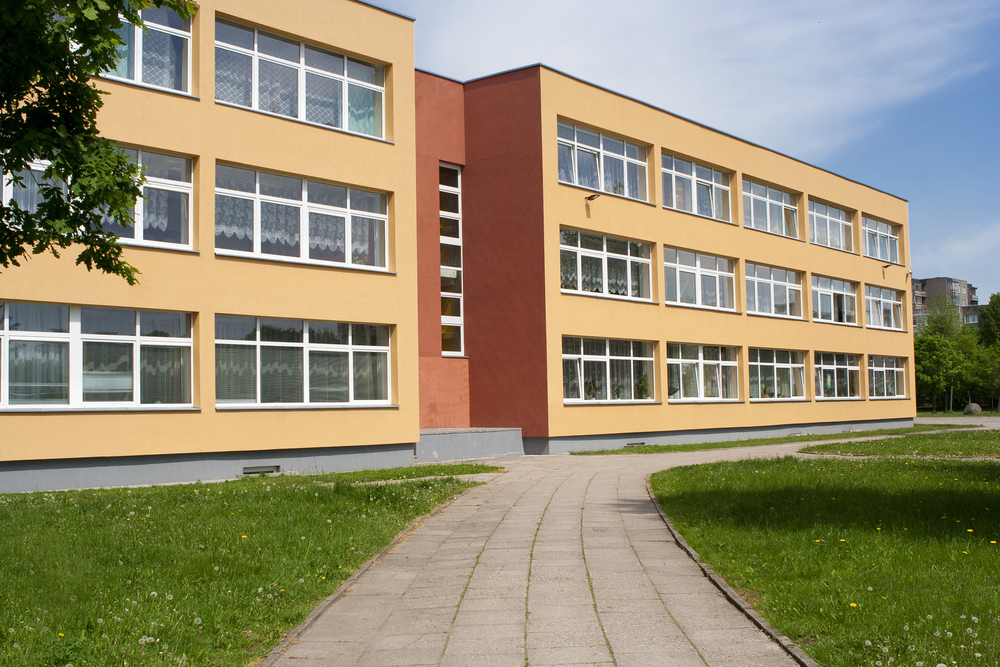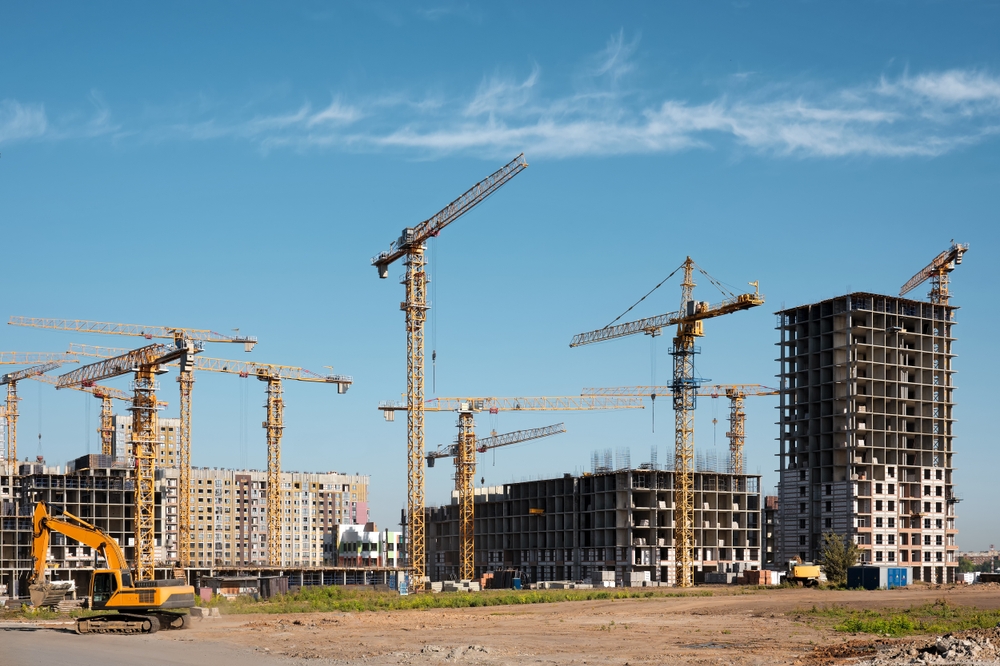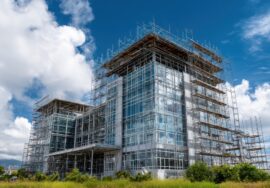Low-Impact Development: Approach to Urban Growth
Low-Impact Development: A Sustainable Approach to Urban Growth
As cities continue to expand, traditional development practices often lead to environmental degradation, increased flooding, and resource depletion. Low-impact development (LID) offers a sustainable alternative that minimizes environmental harm while promoting urban growth. By integrating natural processes, green infrastructure, and water-sensitive design, LID ensures that urbanization occurs in an eco-friendly and resilient manner.
This blog explores the principles of low-impact development, its benefits, key strategies, and how cities can implement LID to create sustainable, climate-resilient urban spaces.
What Is Low-Impact Development?
Low-impact development (LID) is an urban planning and design approach that seeks to:
- Preserve natural water cycles through sustainable drainage solutions
- Reduce environmental impact by minimizing land disturbance
- Enhance green spaces for biodiversity and climate resilience
- Promote smart stormwater management to prevent flooding
By mimicking natural systems, LID ensures sustainable urban growth while protecting ecosystems and reducing the carbon footprint of development.
Key Strategies for Low-Impact Development
1. Green Infrastructure for Stormwater Management
Traditional urban development often leads to water runoff, flooding, and water pollution. LID incorporates green infrastructure to manage rainwater where it falls.
Effective solutions include:
- Rain gardens to absorb and filter runoff
- Permeable pavements that allow water infiltration
- Bioswales and retention ponds to capture excess water
🔹 Example: Bengaluru has implemented stormwater bio-retention systems to manage monsoon rains and reduce urban flooding.
2. Sustainable Site Planning and Design
LID emphasizes smart land use planning to minimize environmental impact.
Key practices include:
- Compact development to reduce land disturbance
- Preserving natural vegetation to maintain biodiversity
- Green rooftops and vertical gardens for temperature regulation
🔹 Example: The Delhi Metro Headquarters features green roofing and sustainable landscaping to reduce heat buildup and manage water runoff.
3. Water Conservation and Reuse
With increasing water scarcity, LID promotes efficient water use and recycling.
Water-smart solutions include:
- Rainwater harvesting systems to recharge groundwater
- Greywater recycling for landscaping and sanitation
- Smart irrigation systems to optimize water use
🔹 Example: Chennai mandates rainwater harvesting for all new buildings, significantly improving water availability.
4. Energy-Efficient and Eco-Friendly Buildings
LID integrates low-energy, sustainable building practices to reduce environmental impact.
Sustainable building features include:
- Passive solar design for natural heating and cooling
- Recycled and locally sourced construction materials
- Energy-efficient lighting and appliances
🔹 Example: Infosys’ Bangalore campus incorporates solar panels, energy-efficient cooling, and natural lighting, reducing its overall carbon footprint.
5. Urban Forestry and Green Spaces
Trees and green spaces play a critical role in LID by improving air quality, reducing urban heat, and supporting biodiversity.
Key strategies include:
- Street tree plantations for shade and air purification
- Urban parks and green belts for ecological balance
- Community gardens to promote local food production
🔹 Example: Mumbai’s Aarey Forest conservation efforts highlight the importance of urban green zones in mitigating pollution and enhancing climate resilience.
6. Smart Transportation and Reduced Carbon Footprint
LID supports low-carbon, sustainable mobility solutions to reduce emissions and urban congestion.
Sustainable transport initiatives include:
- Public transit expansion to reduce car dependency
- Cycling and pedestrian-friendly infrastructure
- Electric vehicle (EV) charging networks
🔹 Example: Delhi’s adoption of electric buses and EV incentives promotes sustainable urban mobility.
Benefits of Low-Impact Development
1. Flood Mitigation and Water Conservation
LID manages stormwater naturally, reducing flooding risks and improving groundwater recharge.
2. Reduced Urban Heat Island Effect
Green infrastructure lowers city temperatures, improving climate resilience.
3. Enhanced Biodiversity and Ecosystem Health
Preserving green spaces and waterways supports local wildlife and ecological balance.
4. Energy and Cost Savings
Sustainable buildings and green spaces reduce energy use and maintenance costs.
5. Healthier and More Livable Communities
LID creates cleaner, greener, and healthier urban environments for residents.
India’s Progress in Low-Impact Development
India has initiated multiple sustainable urban development programs, including:
- Smart Cities Mission – Integrating LID into urban planning
- AMRUT (Atal Mission for Rejuvenation and Urban Transformation) – Promoting water and waste management
- National Green Highways Program – Incorporating tree plantation along roadways
- Swachh Bharat Mission – Enhancing urban sanitation and pollution control
For organizations and developers seeking to implement low-impact development solutions, expert consultation is key. Contact us to explore sustainable urban design strategies.
Conclusion
Low-impact development (LID) is the future of sustainable urban growth, ensuring that cities develop in harmony with nature. By adopting green infrastructure, water-efficient designs, and eco-friendly transportation, cities can enhance resilience, protect the environment, and improve quality of life for future generations.
Construction Industry in India
- One of India’s largest construction and engineering companies, Campus Construction Cost Optimization provides services including project management, cost control, and engineering consultancy. For detailed information on their offerings, visit. Construction Industry in India
Read more related articles to enhance your knowledge and make informed decisions
10 Essential Steps in the Building Construction Process
How to Choose the Right Materials for Your Construction Project









